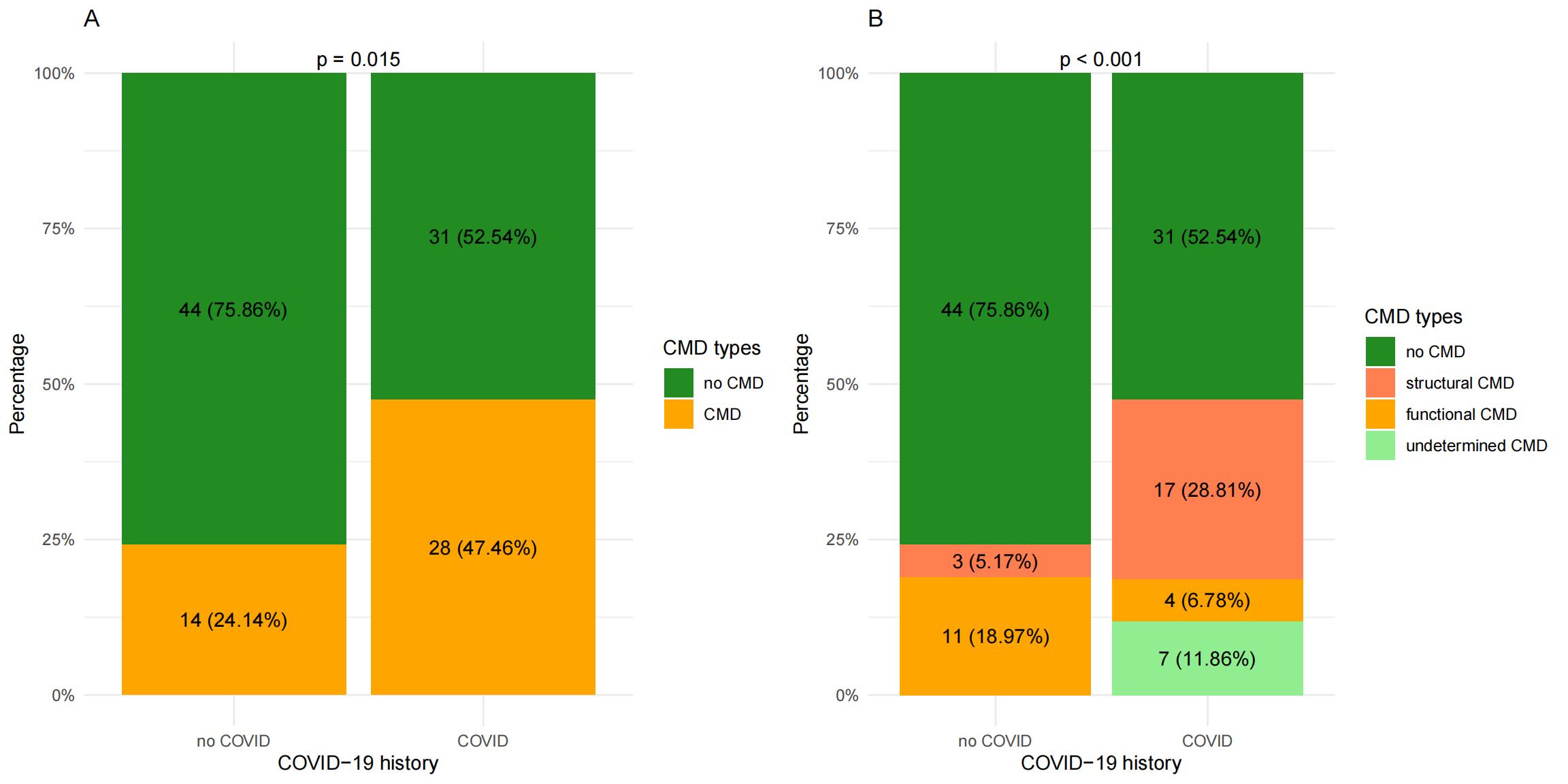Lots of interesting abstracts and cases were submitted for TCTAP 2025. Below are the accepted ones after a thorough review by our official reviewers. Don’t miss the opportunity to expand your knowledge and interact with authors as well as virtual participants by sharing your opinion in the comment section!
TCTAP A-034
Incidence of Coronary Microvascular Dysfunction in Anoca Patients With and Without a History of Severe COVID-19 Infection: The COMET-19 Study
By Tsungying Tsai, Ali Aldujeli, Ayman Haq, Aurimas Knokneris, Kasparas Briedis, Diarmaid Hughes, Ramunas Unikas, Mick Renkens, Pruthvi Revaiah, Kotaro Miyashita, Akihiro Tobe, Asahi Oshima, Faisal Sharif, Scot Garg, Yoshinobu Onuma, Patrick Serruys
Presenter
Authors
Affiliation
Incidence of Coronary Microvascular Dysfunction in Anoca Patients With and Without a History of Severe COVID-19 Infection: The COMET-19 Study
Tsungying Tsai1, Ali Aldujeli2, Ayman Haq3, Aurimas Knokneris2, Kasparas Briedis2, Diarmaid Hughes4, Ramunas Unikas2, Mick Renkens5, Pruthvi Revaiah1, Kotaro Miyashita1, Akihiro Tobe1, Asahi Oshima1, Faisal Sharif6, Scot Garg7, Yoshinobu Onuma1, Patrick Serruys1
University of Galway, Ireland1, Lithuanian University of Health Sciences, Lithuania2, Abbott Northwestern Hospital, USA3, Sligo University Hospital, Ireland4, Amsterdam University Medical Center, Netherlands5, University Hospital Galway, Ireland6, Royal Blackburn Hospital, United Kingdom7
Background
Methods
Results


